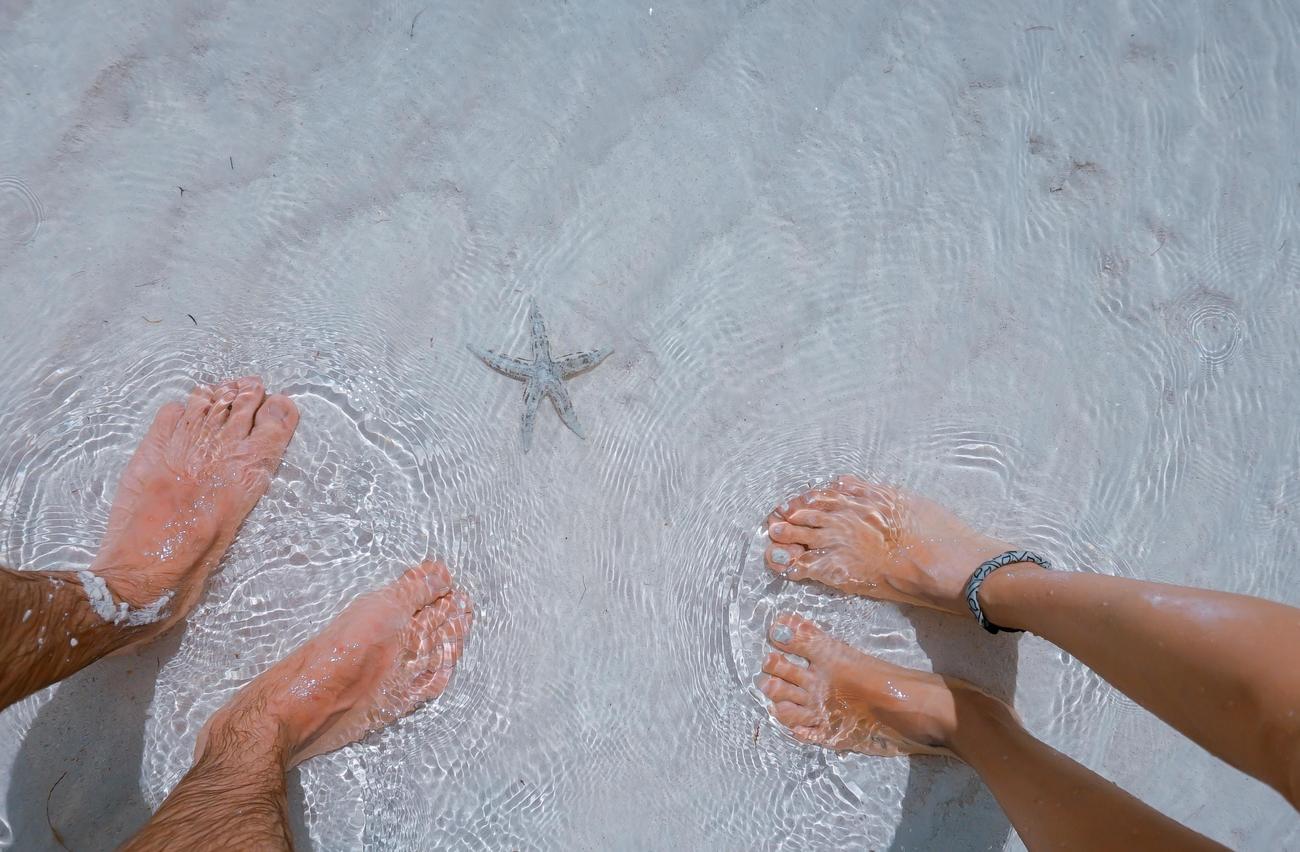Get ready to embark on an extraordinary journey of discovery as we uncover the mesmerizing world of hands and feet—a realm teeming with captivating information waiting to be unveiled. In this article, we will dive deep into the intricacies of these often underestimated appendages, exploring their wondrous functions, unraveling their mysteries, and delving into their unique characteristics. Join me as we venture into the captivating realm of hands and feet, where scientific research and fascinating insights converge.

Captivating Information about Hands and Feet
Hands and feet may seem like ordinary body parts, but they hold captivating information and possess unique characteristics that often go unnoticed. In this article, we will delve into the wonders of hands and feet, uncovering fascinating insights that will leave you amazed.
Body-Specific Attention to Hands and Feet
Have you ever noticed that you pay specific attention to your hands and feet? Well, you’re not alone. Research has confirmed the existence of body-specific attention to these appendages. This means that our brains have a natural inclination to focus on our hands and feet more than other body parts. But why is this the case?
It turns out that body-specific attention to the feet is closely linked to our ability to grip objects with our toes. Yes, you read that right. Just like our hands, our feet possess a gripping force that allows us to hold onto things. So the next time you use your toes to pick up something from the floor, remember that it’s not just a random act. Your brain has a special interest in your feet!
“The existence of body-specific attention to hands and feet reveals the remarkable connection between our brains and our extremities.”
Hands and Feet: Nature’s Extra Hands?
Have you ever heard someone refer to apes as having four hands? It may sound peculiar, but there’s some truth to it. Apes, with their long toes and opposable hallux (big toe), possess a hand-like functionality with their feet. They can use their feet to do tasks that we typically associate with hands, such as grabbing objects or manipulating tools. This incredible adaptation showcases the versatility and adaptability of our extremities.
“Just as apes have evolved to have four hands, our hands and feet demonstrate their extraordinary abilities to adapt and perform various motor movements.”
The Unique Representation of Fingers and Toes in Our Brain
Did you know that our brain has a common representation of both fingers and toes? Yes, that’s right. Our brain perceives fingers and toes in a similar way, which explains why there can be confusion between the two. If you’ve ever felt a touch on your foot but thought it was your hand, it’s because the brain sometimes gets a little mixed up. This fascinating phenomenon highlights the intricate wiring in our brain and how it influences our perception of touch.
“The interconnectedness of our brain’s representation of fingers and toes sheds light on the intricacies of our neural pathways and individual differences.”
The Intriguing Role of Virtual Hands and Feet
Have you ever wondered how virtual reality can affect our perception of our hands and feet? Well, it turns out that virtual hands and feet can actually alter our perception of touch and illusions. Studies have shown that virtual experiences can affect the onset time and duration of illusions, making our brain question what is real and what is virtual. This opens up a whole new world of possibilities for virtual reality and its impact on our understanding of our own bodies.
“Virtual hands and feet have the extraordinary ability to trick our brains and challenge our perception of reality.”
The Mysteries of Hands and Feet Unveiled
While our hands and feet may seem ordinary at first glance, they hold captivating information that reveals their true wonders. From the existence of body-specific attention to the fascinating connection between our brain and extremities, the mysteries of hands and feet continue to intrigue and amaze us. So the next time you look at your hands and feet, remember the extraordinary stories they hold within them.
“Exploring the wonders of hands and feet provides us with a deeper appreciation for the miraculous intricacies of the human body.”
Fun Facts About Hands And Feet
Did you know that your hands and feet are packed with fascinating facts? From the incredible dexterity of your fingers to the unique fingerprints that make each person’s hands truly one of a kind, there is so much to discover about these remarkable body parts. If you’re curious to learn more about the wonders of hands and feet, click here for a collection of fun facts about hands and feet. Prepare to be amazed by the intricate workings and astonishing capabilities of these essential appendages.
Fun Facts About Hands And Feet
FAQ
Question 1
What is the significance of body-specific attention to the hands and feet in healthy adults?
Answer 1
Body-specific attention to the hands and feet has been confirmed to exist in healthy adults. This attention may influence motor and sensory functions and has correlations with toe gripping force in particular.
Question 2
Are apes considered to have four hands due to their long toes and opposable hallux?
Answer 2
Yes, apes are sometimes described as having four hands because of their long toes and opposable hallux, which gives them manipulative abilities similar to their hands.
Question 3
What are the symptoms of peripheral neuropathy in the hands and feet?
Answer 3
Peripheral neuropathy can cause numbness, tingling, and pain in the feet and hands. These symptoms can vary in severity and may be accompanied by loss of reflexes and muscle weakness.
Question 4
Is there a common representation of fingers and toes in the brain, and are there individual differences?
Answer 4
Yes, there is a common representation of fingers and toes in the brain. However, systematic patterns of confusion and individual differences in the brain’s representation of fingers and toes have been observed.
Question 5
How can virtual hands and feet affect illusions?
Answer 5
Virtual hands and feet can influence the onset time and duration of illusions. Even healthy adults can experience misattributions of touch, such as feeling a touch to the hand on the foot, when virtual representations are involved.
“`json
“`
















